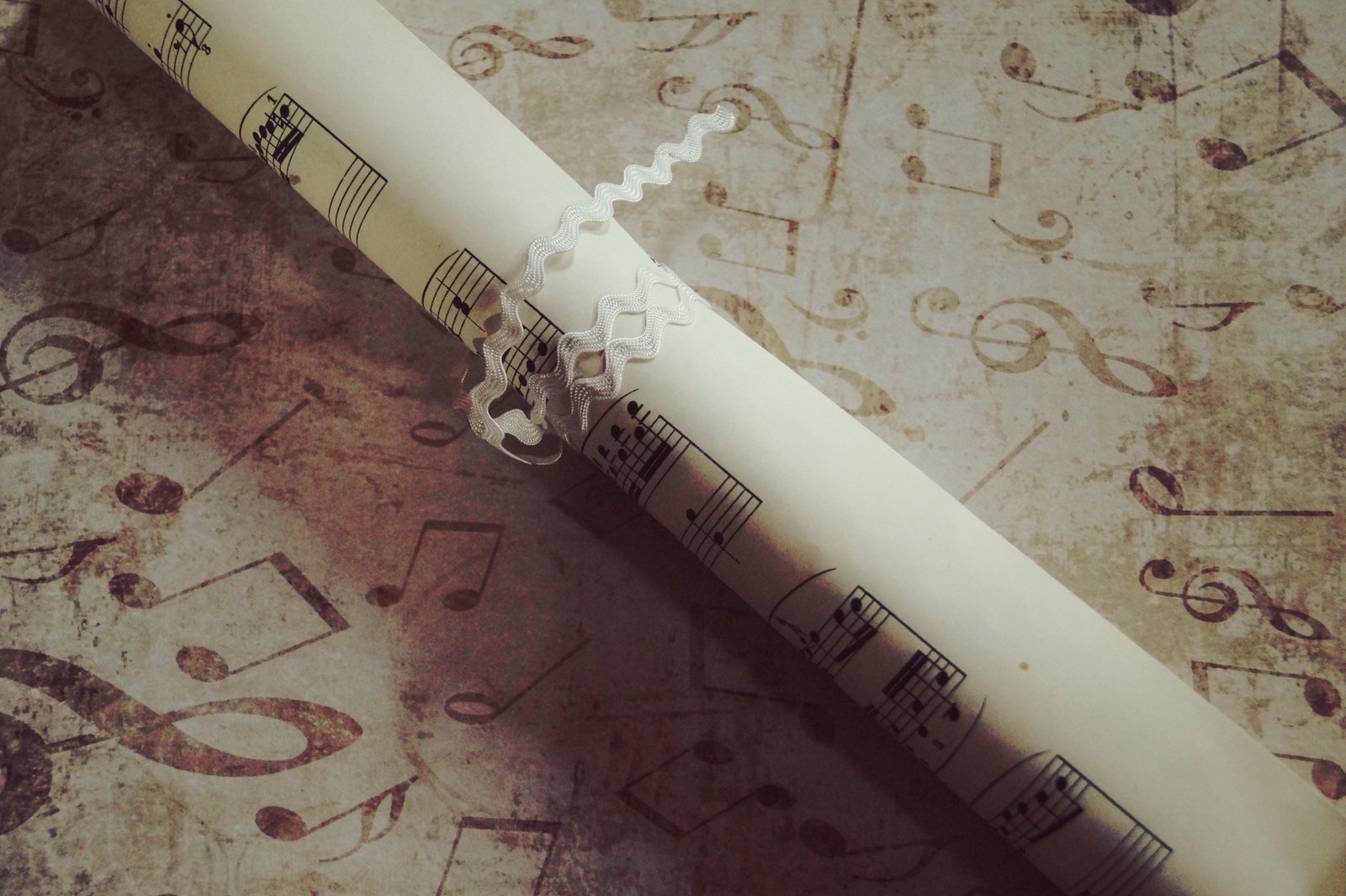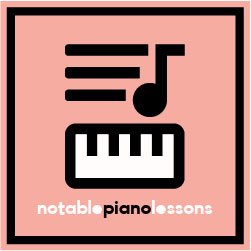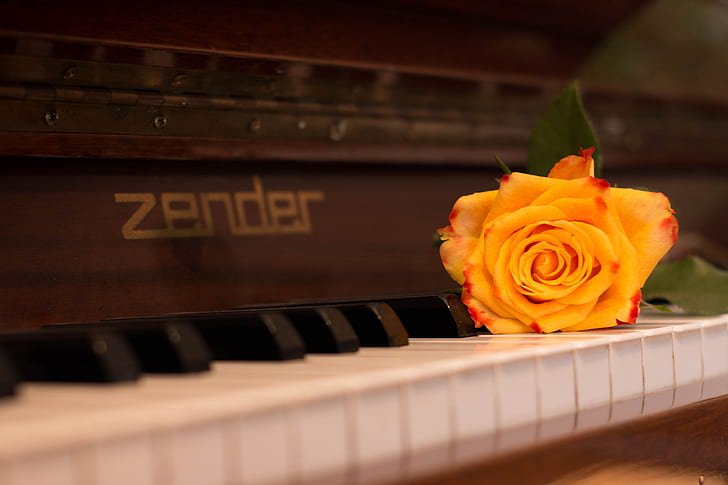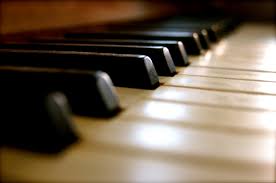
4. Thoroughly Learn How to Count Music Notes and Beats
Photo by Pixabay
I’ve noticed in a lot of the piano method books I study, there is very little attention paid to counting skills. They introduce all the information about what the note values are but there is little to no material to actually practice these note values before they jump right into the next conept. Hence, this can become very overwhelming to a beginning student when they do start reading off the staff as they have had very little practical application of counting skills.
A lot of my transfer piano students that I have taught have the hardest time with counting. If you want to play in an orchestra, accompany other people, play other peoples music correctly, major in music, you’ll want to develop this skill. I understand the temptation just to want to play and not be constrained by the notes and counting written on a page of music. This can be vey challenging to students. My approach has always been to play through and get the right notes and then go back and count with the correct timing. Once you can count and read the notes correctly then you can stop counting and just feel the rhythm. The reason I teach this way, is that it encourages students to learn how to develop solid counting skills.
I teach a transfer student who absolutely loves to play the piano. When he first came to me, he played a few songs for me. One was Brahm’s Hungarian Dance No.5 (great piece by the way). He played this piece by memory with a lot of confidence but unfortunately it actually sounded pretty bad. There were parts where the counting was off and he was hitting the keys which produced a harsh thumpy tone. It just had an overall sloppy presentation.
It is extremely difficult to correct a piece when someone has played and memorized it that way for months as far as the counting and notes are concerned. I decided to move onto a new piece where we could start fresh. I have been working with this student now for a few years and his tone has improved immensely. However, whenever he learns a new piece, counting is an issue that he just fights. His strong ear takes over and he often ignores the correct counting in certain parts of the piece. As a result, there are beautiful parts of the song that are not brought to life. Take the time to learn counting skills where you will have a lot of practical application before you read notes off the staff! If you want to learn more about my online piano community where I teach these skills in the comfort of your own home, you can learn more about my approach here.
5. Learn Piano Keyboard Names The Easy Way
I would recommend a beginning student to take a few keyboard geography lessons before you read off the staff. This is where you learn what all the piano key names and their locations are. Also the best way which is to learn is around the black keys. This will speed the learning process up tremendously. It’s important to practice this material with different types of rhythms as it allows your brain to get more comfortable with key locations before you start note reading skills. I find when you gloss over this quickly, students tend to have a much harder time reading off the staff. They start looking at their hands because they haven’t had enough practice with keyboard geography.
In a well written keyboard geography lesson, you should be free to move all over the keyboard finding different keys with different fingers. You should be encouraged to play songs with different fingers and hand positions so your brain doesn’t get locked into playing certain notes with the same fingers and hand positions. Most piano methods have you playing by finger number in the first lesson, so you are not really reading notes–but finger numbers. I have found that this cripples the student’s ability when they start reading off the staff.
6. Learn From A Piano Teacher Who Is Classically Educated
I feel like there is this underlying myth that if you learn from a teacher with a classical background, that you will only be playing songs from the Classical Master’s such as Bach, Beethoven, Mozart and Chopin to name a few. Learning from a classically trained pianist just means you will have the opportunity to learn special piano techniques. These are going to allow you to master certain types of piano music that you wouldn’t be able to master without classical training. If you don’t learn the right type of form and technique you won’t be able to execute passages that are even slightly difficult.
Before I received additional classical technical training, I remember trying to play this song called the Scarlett Cape, years ago as a duet. Even though I could play it, the triplets were sloppy and I was not pleased with them. Here is a video of me playing a duet “The Scarlet Cape”a few years ago with one of my piano students.
“The Scarlet Cape” by Ralph Federer
Lohnay Bishoff on Primo
Travis Dean on Secondo
May 18th, 2017Posted by Travis Jon Dean on Thursday, May 18, 2017
The triplets area so fun to play now. It almost shocks me how effortless they are executed with such fluidity!
My son who is close to 18 years old, took piano lessons from me years ago when I didn’t have all my classical piano training. I remember he learned a level 3 piece called Glow Worm by Paul Lincke. He sounded all right until he came to the eighth note triplets and then it was just really hard for him. I remember I couldn’t help him, and he would get frustrated. I still feel bad that I wasn’t able to teach him the correct technique, but I am so happy now that I can help people sound amazing with their piano playing! Lesson–learn from a teacher who is classically educated, don’t suffer like I did for all those years!
7. Learn How To Practice Piano Scales And Chords
I am grateful to the all my music teachers I’ve had for teaching me the piano scales. Most students don’t want to practice scales, but there is a secret to music that is unlocked when you learn piano scales, chords, arpeggios and inversions in all of the different scale keys. If you are a beginner, you probably don’t understand what a scale key is. That’s okay. You will learn soon enough.
A prior piano student of mine who had been playing scales and chords for years had an ah hah moment. Out of the blue one day she exclaimed, ” I get this! This is like a big puzzle. Everything fits together.” There truly is a secret to music that is unlocked when you learn the piano scales, chords, inversions, and arpeggios. If you are not studying these, this simple secret will never be revealed to you. This is the knowledge that gives you a solid foundation to learn how to write your own music in any key, become a better sight reader, play by ear and execute difficult scale passages. (Stay tuned for part 3.)


